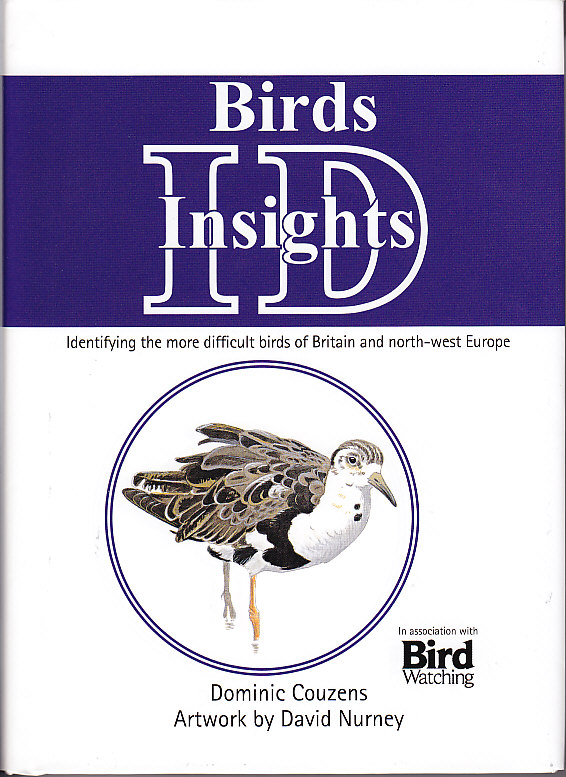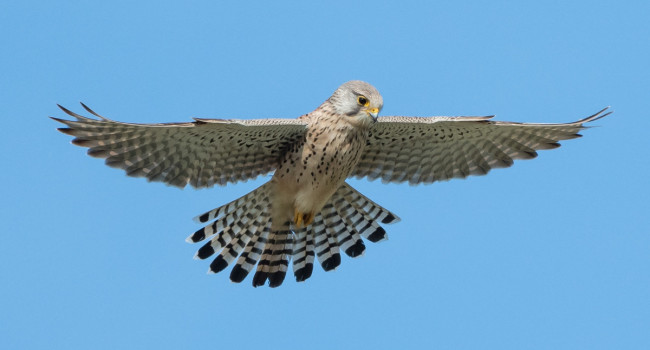
Publisher: New Holland, London
Publication Year: 2013
Binding: 2
Page Count: 272
ISBN Number: 978-1-78009-058-0
Price: £16.99
Birds: ID Insights - identifying the more difficult birds of Britain and north-west Europe.
This book does what it says on the cover and is designed to complement conventional field-guides, by only including those species for which identification can, at times, be difficult.
Example species are Black-tailed and Bar-tailed Godwit, in juvenile and winter plumages. As a schoolboy birdwatcher my maths teacher, also a birdwatcher, told me that the easiest way to separate the two godwits was to look at the distance between the ‘knee’ and the body. On Black-tailed you can write the word BLACK, and on Bar-tailed you only have room to write the word BAR, the ‘knee’ being much closer to the body. This little nugget of information has served me well over the years and is used in the text for the two species – the first time I have ever seen it written anywhere.
In a book such as this it is always difficult to decide which birds to include and which to leave out. However, most of the species that can cause identification headaches are here and their identification features are well covered in the concise text. Over one hundred species feature, from Whooper and Bewick’s Swans to Yellowhammer and Cirl Bunting, with several illustrations for most species, and it is with the illustrations that I have a little niggle; the colours are incredibly bright - so bright that I had difficulty identifying the Reed Bunting in flight, though this might just be a product of the printing.
In a book like this I always start with the pipits as they can be difficult to illustrate well, and whilst the plumage features for these are very accurate the structure lets them down, with some appearing pot-bellied, bull-necked and large headed. However, this is a minor niggle, and anyone wanting to take their bird identification to the next level will find this book will help them to do just that.
Book reviewed by Paul Stancliffe





Share this page